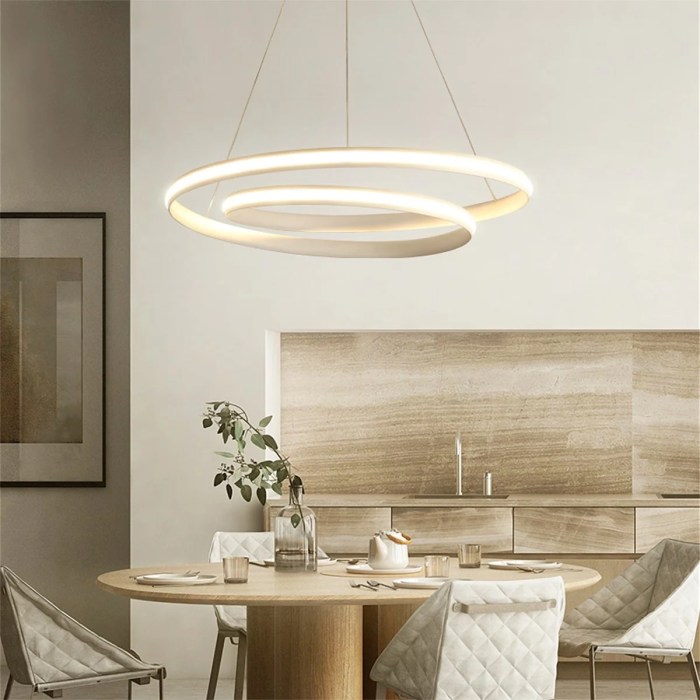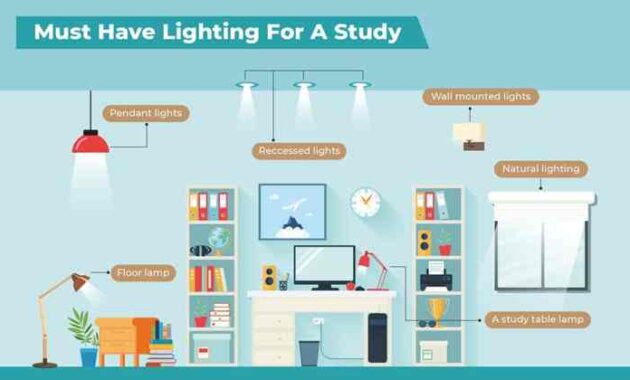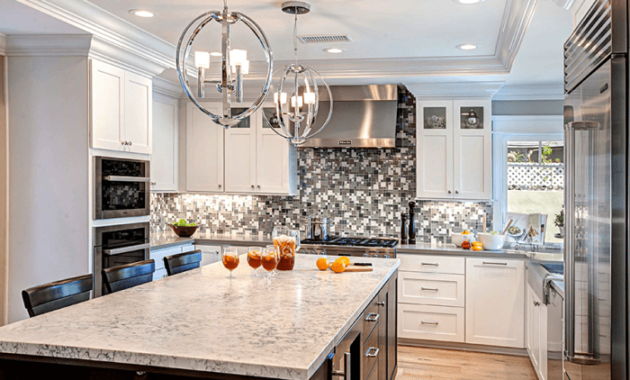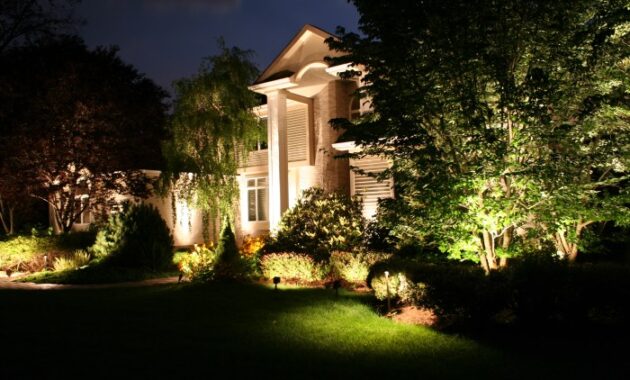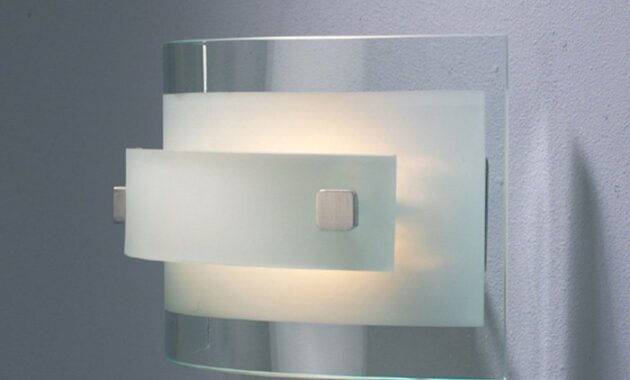Decorative lighting sets the mood and adds a touch of elegance to any space. From chandeliers to wall sconces, each fixture plays a unique role in transforming rooms into inviting havens. Discover how these lighting elements can elevate your home decor.
When it comes to designing a space, the right lighting can make all the difference. Let’s delve into the world of decorative lighting and explore how to create a harmonious and visually appealing ambiance in your home.
Types of Decorative Lighting

Decorative lighting fixtures come in various types, each designed to add a unique touch to a room. Let’s explore the differences between chandeliers, pendant lights, and wall sconces, as well as how they can enhance different areas of a home.
Chandeliers, Decorative lighting
Chandeliers are grand, often elaborate lighting fixtures that hang from the ceiling. They are typically found in dining rooms, entryways, or formal living rooms. Chandeliers can add a touch of elegance and sophistication to a space, serving as a focal point and providing ample illumination. For example, a crystal chandelier can create a luxurious ambiance in a dining room, while a modern chandelier with sleek lines can add a contemporary flair to a living room.
Pendant Lights
Pendant lights are versatile fixtures that hang from the ceiling and come in a variety of styles, shapes, and sizes. They are commonly used in kitchens, dining areas, and hallways. Pendant lights can provide focused task lighting or ambient illumination, depending on the design. For instance, a cluster of pendant lights above a kitchen island can offer both functional task lighting and visual interest, while a single pendant light in a hallway can create a warm and welcoming atmosphere.
Wall Sconces
Wall sconces are fixtures that are mounted on walls and can provide both ambient and accent lighting. They are often used in bedrooms, bathrooms, or hallways. Wall sconces can add a decorative element to a room while also serving a functional purpose. For example, a pair of wall sconces on either side of a bathroom mirror can offer flattering lighting for grooming tasks, while a decorative wall sconce in a hallway can illuminate artwork or architectural features.
Design Considerations

When it comes to choosing the right decorative lighting for a space, there are several design considerations to keep in mind. One important factor to consider is the size and layout of the room. Larger rooms may require multiple light sources to adequately illuminate the space, while smaller rooms may only need a single statement piece. It is essential to take into account the scale of the lighting fixtures in relation to the room size to ensure they complement each other harmoniously.
Matching Lighting Styles with Decor Theme
To create a cohesive design aesthetic, it is crucial to match the lighting styles with the overall decor theme of the space. For example, modern lighting fixtures may not fit well in a traditional or rustic-themed room. By selecting lighting fixtures that align with the decor style, you can enhance the visual appeal of the space and create a unified design scheme. Consider elements such as color, material, and shape to ensure the lighting complements the existing decor seamlessly.
Creating a Cohesive Lighting Design Scheme
To achieve a cohesive lighting design scheme throughout a space, it is essential to carefully plan the placement and type of lighting fixtures. Start by determining the primary function of each area within the space and select lighting that supports those functions. Incorporate a mix of ambient, task, and accent lighting to create layers of light that cater to different needs and add depth to the space. Additionally, consider the overall flow of the space and how lighting can guide the eye from one area to another, creating a harmonious visual experience.
Installation and Placement

When it comes to installing and placing decorative lighting fixtures, it is essential to consider both functionality and aesthetics. Proper installation techniques and strategic placement can enhance the overall design of a space while ensuring that the lighting serves its intended purpose effectively.
Installation Process
- Start by carefully reading the manufacturer’s instructions for each type of decorative lighting fixture.
- Ensure that the power source is turned off before beginning the installation process to prevent any accidents or electrical hazards.
- Securely mount the fixtures using appropriate hardware and tools, following the specific guidelines provided by the manufacturer.
- Test the fixtures after installation to confirm that they are functioning correctly before finalizing the setup.
Ideal Placement
- Consider the purpose of the lighting fixture and the desired effect when determining the ideal placement in a room or outdoor space.
- For ambient lighting, fixtures should be evenly distributed throughout the space to provide overall illumination without creating harsh shadows.
- Accent lighting fixtures can be strategically placed to highlight specific architectural features, artwork, or focal points within the space.
Adjusting Heights and Angles
- Adjust the height of pendant lights or chandeliers based on the height of the ceiling and the desired visual impact.
- For wall sconces or picture lights, consider the optimal angle for directing light onto the intended surface while minimizing glare.
- Experiment with different angles and heights to find the most flattering and effective placement for each decorative lighting fixture.
Energy Efficiency and Smart Lighting: Decorative Lighting
Energy efficiency is a crucial consideration when it comes to decorative lighting, not only to reduce electricity bills but also to minimize environmental impact. Opting for energy-efficient decorative lighting options can help homeowners save on energy costs while reducing their carbon footprint.
Benefits of Smart Lighting Systems for Decorative Purposes
Smart lighting systems offer a range of benefits when used for decorative purposes. These systems allow homeowners to control their lighting remotely, adjust brightness levels, and even change colors to create different moods and ambiance. Additionally, smart lighting can be integrated with other smart home devices for a seamless and convenient experience.
Tips for Integrating Smart Lighting Technology into Home Decor
- Start small: Begin by incorporating smart bulbs or smart switches into your existing lighting setup to get a feel for how smart lighting works.
- Consider the functionality: Think about how you want to use smart lighting in different areas of your home, whether for task lighting, accent lighting, or mood lighting.
- Choose a compatible system: Make sure the smart lighting system you choose is compatible with your existing smart home ecosystem, such as voice assistants or home automation hubs.
- Experiment with settings: Take the time to explore the various features and settings of your smart lighting system to find the perfect lighting setup for different occasions.
- Seek professional advice: If you’re unsure about how to install or set up smart lighting, consider consulting a professional to ensure everything is done correctly.
Illuminate your living spaces with decorative lighting that not only brightens up the room but also adds a layer of sophistication. With the right fixtures and placement, you can create a captivating atmosphere that reflects your personal style and enhances the overall aesthetic of your home. Elevate your space with the perfect lighting scheme tailored to your unique taste.
When it comes to home décor, upholstered furniture can add a touch of elegance and comfort to any room. Whether it’s a plush sofa in the living room or a cozy armchair in the bedroom, upholstered furniture offers both style and coziness. With a wide range of fabrics and designs to choose from, you can easily find pieces that suit your taste and match your existing décor.
Invest in quality upholstery to enhance the look and feel of your space.
When it comes to home decor, one of the key elements that can transform a space is upholstered furniture. Whether it’s a cozy sofa in the living room or a stylish armchair in the bedroom, the right upholstered pieces can add comfort and style to any room. With a wide range of fabrics, colors, and designs to choose from, upholstered furniture allows you to express your personal style and create a welcoming atmosphere in your home.

